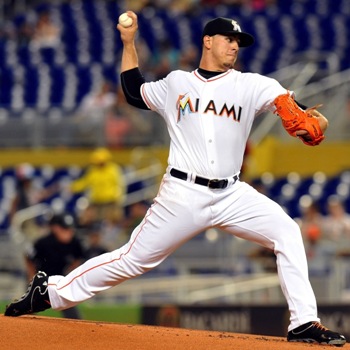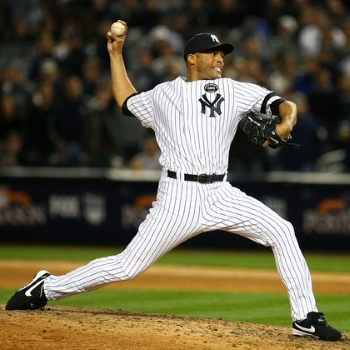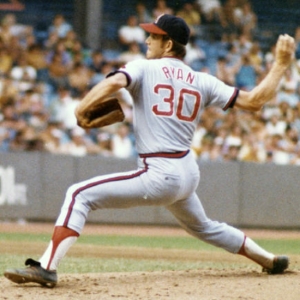There are a number of reasons why I got into the pitching mechanics business. At the top of the list are a number of common cues...
- Point the Ball at Second Base
- Show the Ball to Center Field
- Feed the Giant
...that I believe, when accomplished via Premature Pronation at foot plant...
- Are extremely dangerous.
- Can necessitate Tommy John surgery.
That's why I call the resulting movement pattern the Tommy John Twist.

Jose Fernandez Demonstrating the Tommy John Twist
I believe these and similar cues are some of the primary drivers of the pitcher injury and Tommy John surgery epidemic. I discuss the problem with pointing the ball at second base or center field at length at length in a number of pieces...
Let me give you an overview of the problem here.
Point the Ball at Second Base: Why It's a Dangerous Cue
ASMI advocates Pointing the Ball at Second Base as part of their pitching mechanics model. I believe that's terrible advice, and here's why.
1. Great Pitchers Did NOT Point the Ball at Second Base
When I was taught to teach my ballplayers -- not just my pitchers -- to...
- Point the Ball at Second Base
- Show the Ball to Center Field
...part of the justification was that it's what great pitchers like Nolan Ryan, Tom Seaver, and Mariano Rivera did.

Nolan Ryan
However, when I checked I found that was not the case.

Tom Seaver
Instead of pointing the ball at second base, dominant and durable pitchers like Nolan Ryan, Tom Seaver, and Mariano Rivera pointed the ball at THIRD BASE at foot plant.

Mariano Rivera
Yes, you can find pictures in which it looks like Nolan Ryan and Tom Seaver are pointing the ball at second base. However, they are doing so via scap loading -- by retracting their scapulae -- not as a result of what I call Premature Pronation.

Nolan Ryan
Similarly, while some pitchers do point the ball at second base at some point in their delivery, they do not do so at foot plant, and foot plant is what (typically) matters because it is when the arm (typically) comes under load.
2. It is an UNNATURAL Movement That Must be Taught
In all my years of filming young baseball players, with my high-speed (120+ fps) cameras, I have NEVER seen a thrower or pitcher, who wasn't coached to do so or seen their peers do it, naturally point the ball at second base.
They ALL naturally point the ball at third base.
I have never seen a thrower or pitcher point the ball at second base, as a result of Premature Pronation and at foot plant, who hasn't been coached to do so or learned from those who have.
3. There's More to Life than Velocity
I believe the reason why so many people and organizations, starting with ASMI, teach pitchers to Point the Ball at Second Base is because they are focused on giving people what they want: Velocity.
I don't doubt that teaching pitchers to Point the Ball at Second Base will reliably produce quick, easy velocity gains.
The problem is that it does so by -- at a minimum - compromising the thing that has been proven to be statistically significant when it comes to pitching injuries: Timing
I assume the reasons why ASMI teaches pitchers to Point the Ball at Second Base is because...
- They don't have any evidence that it's bad.
- It does produce quick, easy velocity gains.
However, given that this cue is...
- Unnatural.
- Must be taught.
...combined with the fact that, as I demonstrate in my piece on Premature Pronation, ASMI's own high speed video demonstrates that it can at least impact a pitcher's Timing, I am calling on ASMI to stop telling pitchers to Point the Ball at Second Base.